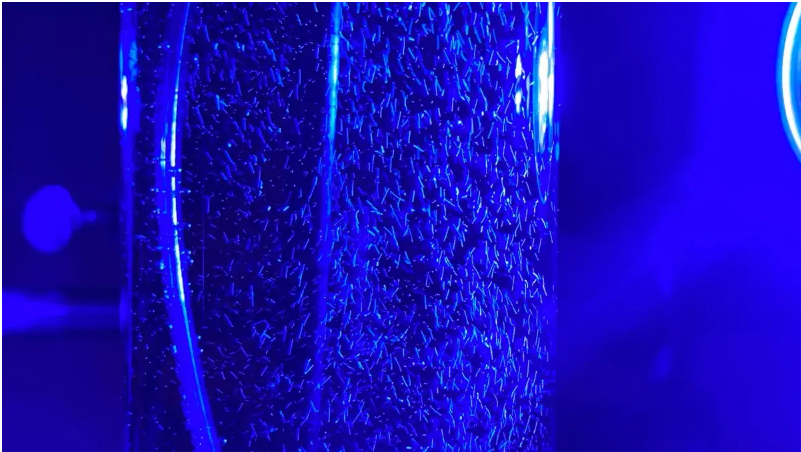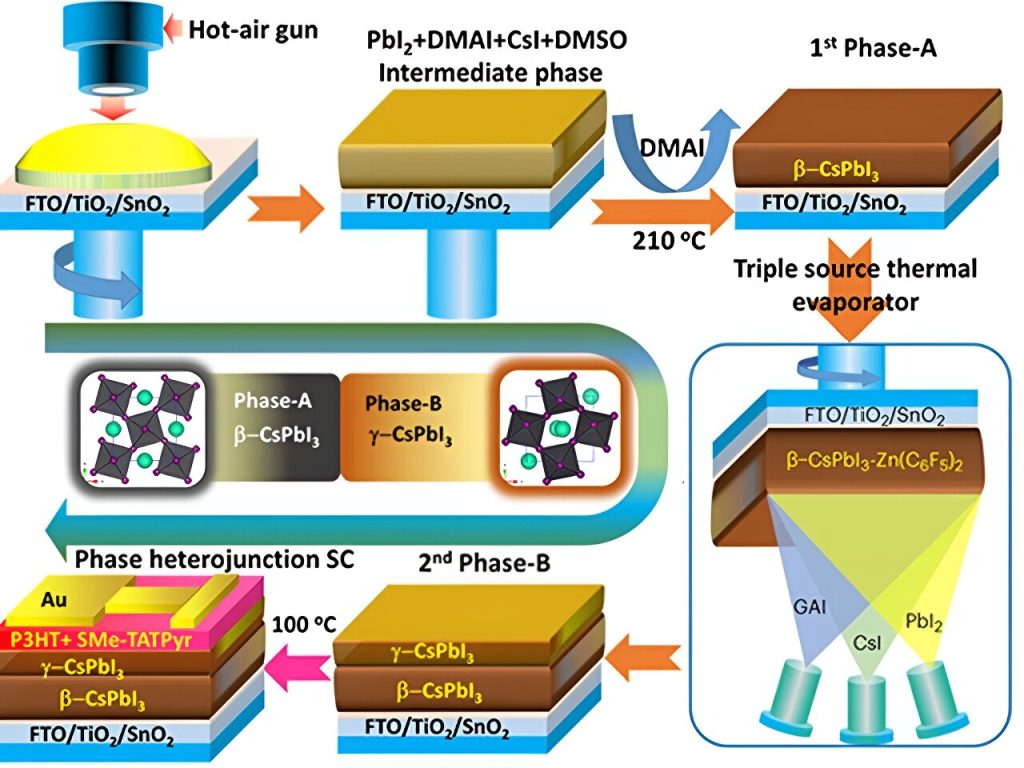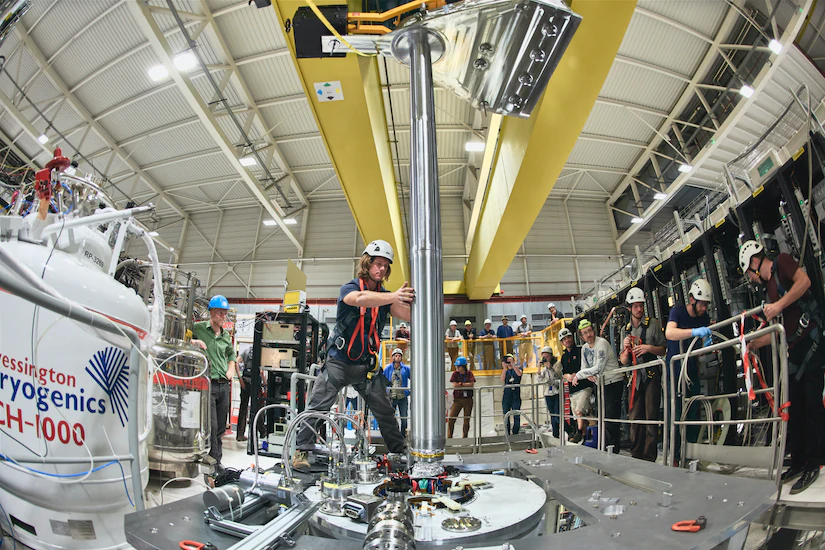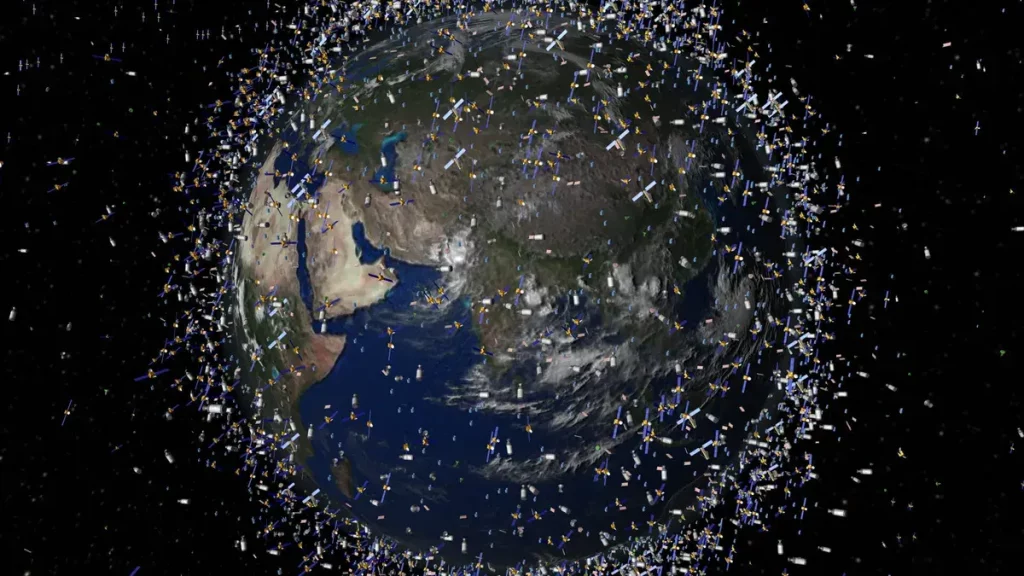Milestone Discovery: Vampire Virus Unearthed in Maryland Soil
In a remarkable breakthrough, scientists and students at the University of Maryland, Baltimore County, have uncovered a unique 'vampire' virus called MiniFlayer. This discovery challenges conventional views on viral behavior and offers a metaphorical glimpse into the Dracula-esque tendencies of this newfound virus.
Part 2: The Research Journey
Led by Professor Tagide deCarvalho, the research journey began as an undergraduate class project at the Keith R. Porter Imaging Facility. Students Jenell Lewis and Hira Ahmed isolated MiniFlayer from the soil in Poolesville, Maryland, during 2019.
Part 3: Perplexing Genome Sequencing
Genome sequencing brought unexpected results, revealing not just MiniFlayer but also another distinct bacteriophage named MindFlayer. The surprising complexity of these viral interactions laid the groundwork for deeper exploration.
Part 4: MiniFlayer's Unique Mechanism
Unlike typical satellite viruses that lie dormant, waiting for a helper virus, MiniFlayer has evolved a distinctive offensive mechanism. This section delves into the evolutionary creativity of MiniFlayer, showcasing its short appendage that enables it to latch onto its helper's neck like a vampire.
Part 5: The Evolutionary Arms Race
Ivan Erill, a computational biologist at UMBC and deCarvalho's collaborator, explains the intriguing interplay between MiniFlayer and MindFlayer. This section explores the concept of an evolutionary arms race, where satellites like MiniFlayer continually evolve new strategies to exploit helpers, while helpers develop countermeasures to thwart them.
Part 6: Implications for Antiviral Strategies
The discovery's significance goes beyond academic curiosity. This part discusses how understanding the predatory nature of viruses, exemplified by MiniFlayer, could lead to advancements in antiviral strategies. The recent pandemic has underscored the limitations of our antiviral arsenal, making this research particularly timely.
Part 7: Future Possibilities
As Professor deCarvalho expresses her astonishment at the unexpected capabilities of viruses, this section explores the broader implications for future research. The newfound understanding of MiniFlayer opens new possibilities for antiviral therapy, potentially paving the way for more effective treatments against viral infections.
In unraveling the mystery of MiniFlayer, the scientific community takes a significant step towards not only expanding our knowledge of viral behavior but also potentially revolutionizing our approach to combating viral infections.







